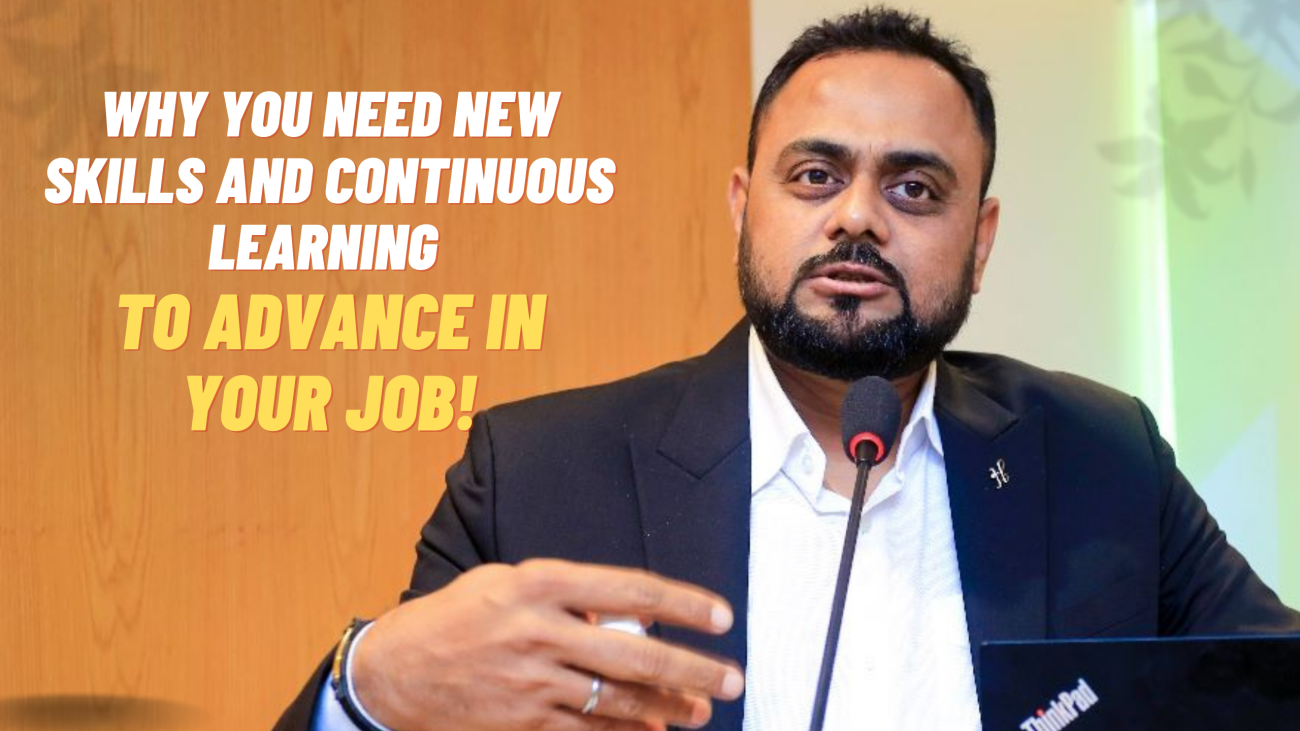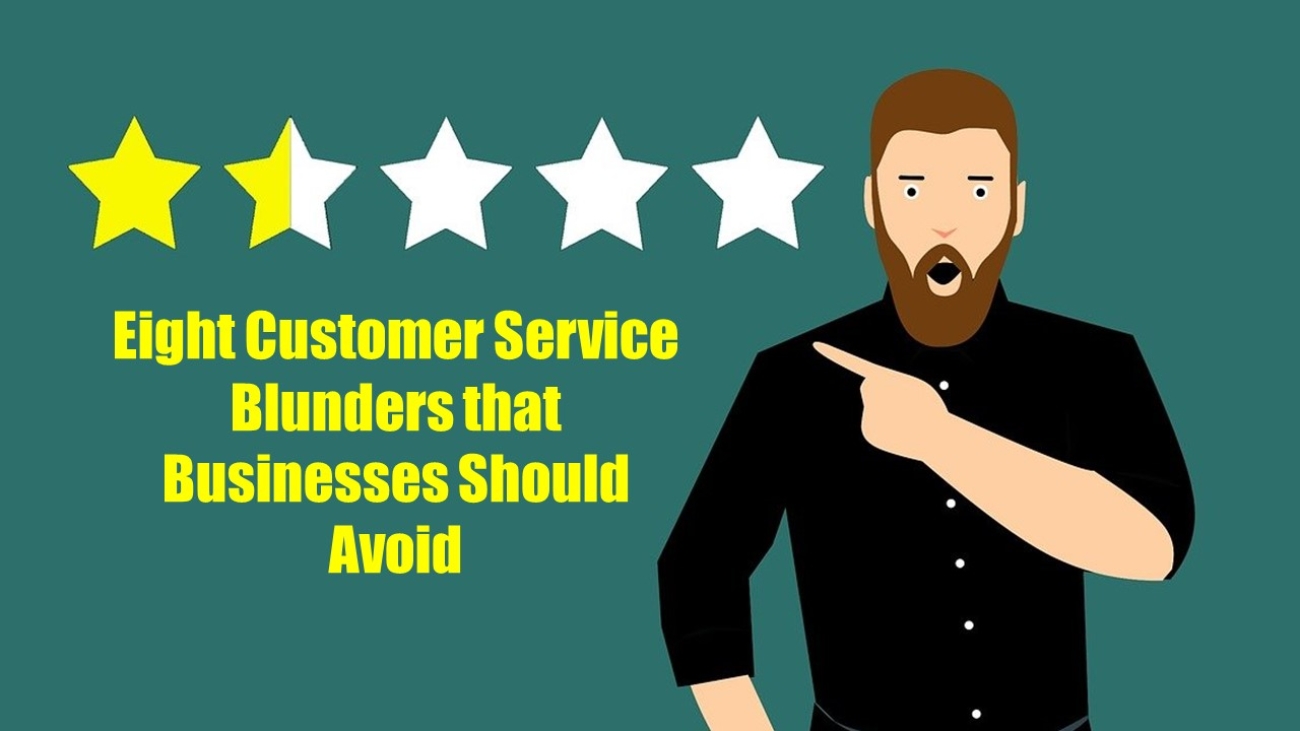I used to feel that the late-night hours between 12 a.m. and 3 a.m. were great for my creative activities. I kept everything until the late hours of the day, whether it was meetings, instructions, assignments, or producing presentations at the office. My conviction was that I could work calmly and peacefully late at night, and this habit continued in place. Despite continuous advice from elders and seniors in the office to avoid becoming a night owl and to adopt an early sleep and wake-up plan, I ignored their advice and provided my own reasoning.
Over time, I gradually realized that, despite my best efforts, my overall quality of life was not improving significantly; whatever progress I made was slow. During this time, I learned from a University of Westminster study that people who rise early (between 5:22 and 7:21 a.m.) have higher levels of stress hormones than those who wake up later in the morning.
In addition, I spoke with over 100 important leaders in Bangladesh about their daily routines and time management practices. To my surprise, they all started their days early, often between 4:30 and 6 a.m., and finished their evening activities quite early, between 10 and 11 p.m. This newfound realization inspired me to intentionally accept the timeless knowledge symbolized in the proverb “Early to Bed and Early to Rise Makes a Man Healthy, Wealthy, and Wise.”
I made a strong decision one day to turn off my room light at 11 p.m., setting my alarm for 5 a.m. the next morning. I struggled to wake up when the alarm rang out at 5 a.m., finally opening my eyes at 7 a.m. I started my day after eating breakfast. Nevertheless, I repeated it the next night, turning off the lights at 11 p.m. and setting an alarm for 5 a.m. This time, I was able to get out of bed as soon as the alarm rang. I went to the Mashjid for Fajr prayers and then spoke with the Imam, asking for advice on how to develop a good schedule.
During our conversation, the Imam suggested that I incorporate Quranic reading into my daily practice. Despite knowing the Bengali translation, I admitted that I couldn’t read Arabic. The Imam advised me to find a mentor to help me learn Arabic reading and gave me the phone number of a Moulana.
I contacted the Moulana in the evening and asked him to come to my house after Fajr Salah. The goal was to create accountability by requiring me to get up early every morning. The tactic worked because he kept calling me and asking, “Ripon bhai, did you wake up?” I answered every morning, and he taught me Quranic reading, which became a regular part of my routine.
I created a daily routine to improve my general well-being as part of my commitment to a more disciplined lifestyle. This routine is as follows:
- Sleep Schedule: I go to bed at 11 p.m. every night to ensure that I sleep well. This early bedtime is consistent with the idea of “Early to Bed.”
- Morning Ritual: I begin my day by getting up at 5 a.m. After a good night’s sleep, the first thing I do is drink a refreshing glass of water to rehydrate my body.
- Religious Connection: After that, I perform Fajr Salah (morning prayers) and spend time in thanksgiving, creating a connection with God at the start of the day.
- Knowledge Improvement: To expand my awareness of Islam, I read the Quran and have thoughtful discussions with a mentor, exchanging Islamic knowledge.
- Physical Activity: As part of my morning routine, I go for a quick walk and engage in light exercises. This not only helps with physical fitness but also acts as a brain booster.
- Personal Hygiene: Following my morning activities, I take a nice shower to reenergize myself for the day ahead.
- Healthy Start: One of the most crucial aspects of my plan is to fuel my body with two or three dates coated in honey and a cup of hot tea without milk or sugar. This gives me a nutritious and energy-boosting start to my day.
- Creativity: After these rituals, I enter into creative activity. Addressing assignments, working on presentations, developing ideas, engaging in creative writing, and any other responsibilities that need creative thinking are examples of this.
- Healthy Breakfast: After my creative work period, I take a break to enjoy a healthy and delicious breakfast, ensuring that my body receives the nutrition it requires.
- Office Journey: My morning routine concludes with me leaving the house for work with a refreshed mind, a spiritually enriched start, and a good balance of physical and mental well-being.
This thorough practice shows my dedication to a holistic way of living, incorporating spiritual, physical, and creative components for a better and more fulfilling way of life. I am grateful to the Almighty Allah for the beneficial transformations given to me after a year of faithfully maintaining my modified lifestyle, which includes early rising and a more disciplined routine.
The extensive changes in many areas of my life are visible, and I attribute these gifts to my dedication to my activities. Here’s a full list of the good things that happened to me:
- Improved Relationships: The improvements resulted in more positive interactions in both my personal and professional relationships. The early morning routine had a good impact on how I communicated, building stronger bonds with those around me.
- Sharpened Focus: The sharpening of my focus was a noteworthy improvement. The discipline of getting up early and following a set schedule helped me focus and pay attention in my everyday responsibilities.
- Better Social Skills: I discovered that I was more competent at making friends, allowing for easier and more significant interactions than before. This development in social skills improved the quality of my personal life.
- Stress and Anger Management: My disciplined lifestyle helped me manage and control my reactions to stresses and reasons for anger. In the face of challenges, I developed a stronger feeling of calm and resilience.
- Improved Physical and Mental Fitness: Morning activities helped to increase both physical and mental fitness. I saw an improvement in my energy levels and overall well-being.
- Increased Positivity: In comparison to the previous year, my view on life has improved. The constant practice of a meaningful habit contributes to a more optimistic and joyful attitude.
- Increased Creativity: Creativity has increased significantly. Working on creative projects in the early hours of the morning proved to be a stimulus for enhanced imaginative thinking and ideas.
- More Opportunities: There was a considerable increase in the number of opportunities that presented themselves. More doors opened, giving opportunities for personal and professional development.
- Authorship Accomplishment: The strict practice gave me the mental space and time I needed to put my imagination into authorship. I wrote and published two books, which was a huge accomplishment for me.
- Appreciation for Creative Stuff: I received more praise for the creative stuff I created, which included videos, blogs, and articles. The audience grew as a result of the excellent response to my work.
- Professional Development: The positive improvements in my personal life transferred to my professional life, where I was given greater responsibility and chances. This led to a better overall career path for me.
- Charitable Initiatives: With a stronger sense of purpose and better financial stability, I was able to launch charity initiatives aimed at assisting those in need. This was a huge step toward giving back to the community.
It is essential to follow natural, universal rules rather than depending entirely on man-made regulations. Our creator, who knows the most about our well-being, has given us guidelines. If you want to reach your goals, accept yourself as a morning person and avoid the night owl lifestyle.
However, being a morning person is useless without dreams, vision, goals, and targets. Life is short, and time is our most valuable gift. Do not waste it; time, no matter how much we cry, never comes back.
——————————————————————————xxx———————————————————————————————-










